Self Love Spirit Healing Goddess Statue
This Self Love Spirit Goddess Statue is made of 100% high-quality resin, solid, weighted well, moisture resistant and corrosion resistance, exquisite workmanship, does not fade. Exquisite workmanship and very realistic design will add a beautiful scenery to your spaces. Goddess Statue is an imaginative decorative art work for the home and office. The simple and generous geometric design of this creative goddess statue depicts the goddess of healing, hope, honor and harvest that represents the natural cycle of the sacred woman. Remind yourself or your loved one of the inner strength and beauty. Our light shines through the cracks and wounds of our bodies. Although the world is full of pain, we can also overcome it, this is a beautiful gift that reminds us of the light in our hearts. The expression self-love has the generic meaning of “self-love” understood as an autonomous behavior of respect for one’s human condition. It is a natural feeling to be evaluated positively since it is aimed at the self-preservation of the individual, “that strong affirmation that nature inspires us for ourselves“, but becomes a “negative principle, since, arising from the comparison with the others, is configured as a social feeling and is therefore subordinate to opinion… As soon as, in fact, one gets into the habit of measuring oneself with others and going out of oneself to assign oneself the first and best place, it is impossible not to feel aversion for everything that prevents us from being everything“.
Learning to love yourself is important to living happier and healthier in every aspect of your life. Loving yourself means accepting yourself as you are, in the present moment. And to do so it is also necessary to forgive yourself. In fact, it happens that we are overwhelmed by situations that we perceive beyond our control: in these cases, in psychology we speak of an external locus of control, which can also lead to learned helplessness. Anger, resentment, hatred, frustration, and guilt are just some of the emotions we might be turning to ourselves. All this often leads to a negative self-evaluation, so much so that it prevents us from forgiving ourselves. Only by learning to become aware of who we are and to understand that making mistakes is normal and that imperfections belong to each of us, will we be able to forgive ourselves and love ourselves. The truth is, there is only one person you spend every second of every day of your life with: yourself. Learning to love yourself can be a long and complicated process, but it will also lead to greater freedom and self-awareness. Self Love Spirit Healing Goddess Statue sizes: 3.7 inches / 9.5 cm x 2.36 inches / 6 cm x 6.7 inches / 17 cm.
Self Love Spirit Goddess Statue on Amazon.
Self Love Spirit Goddess Statue on eBay.
Love Statues and Symbolic Statues.


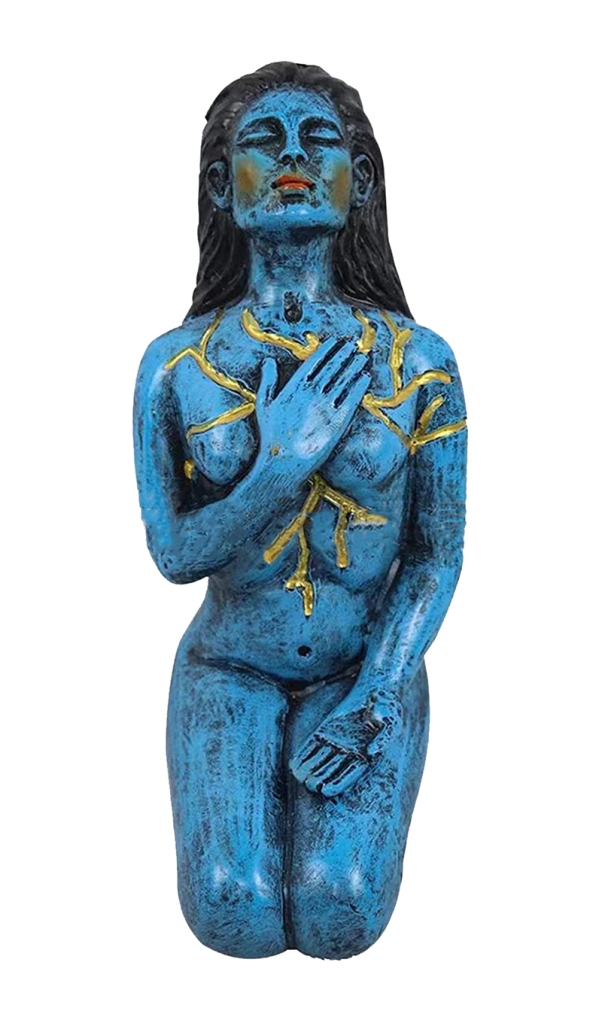

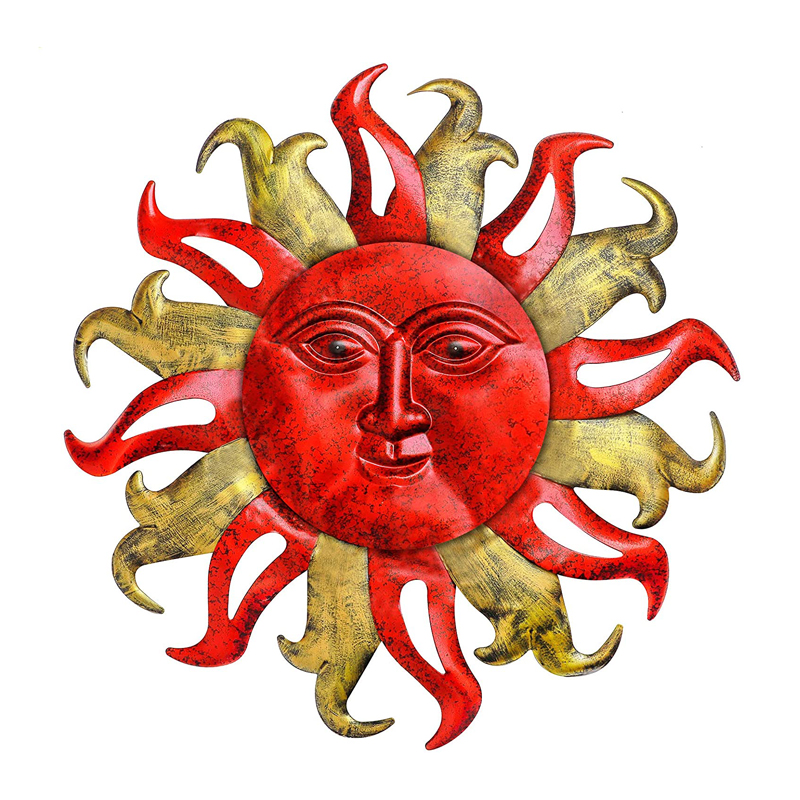

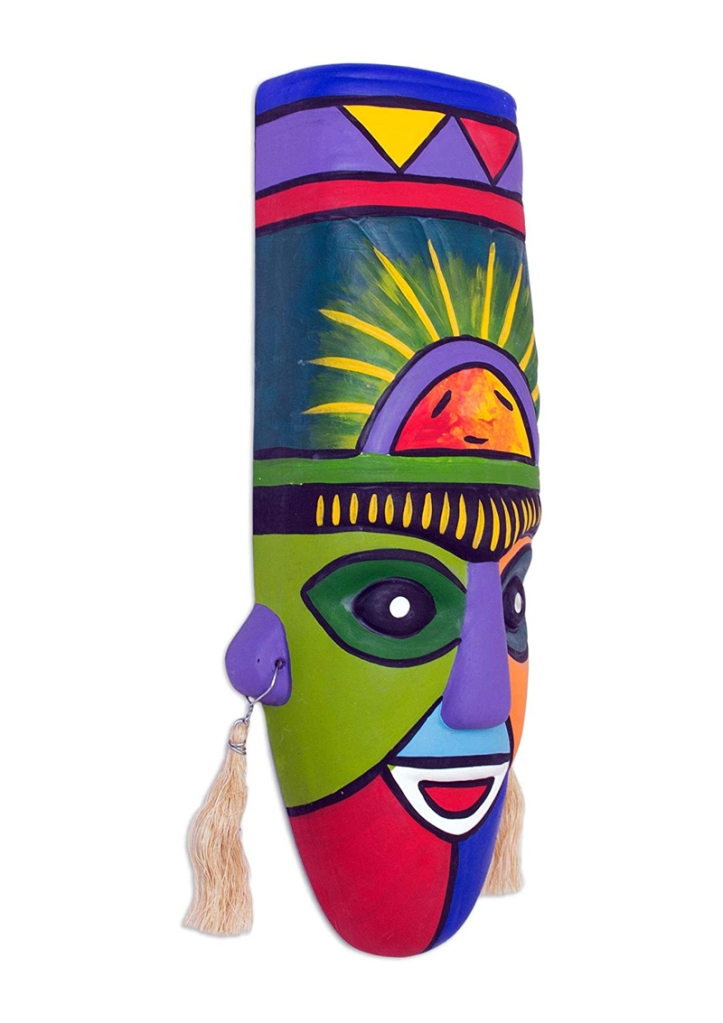

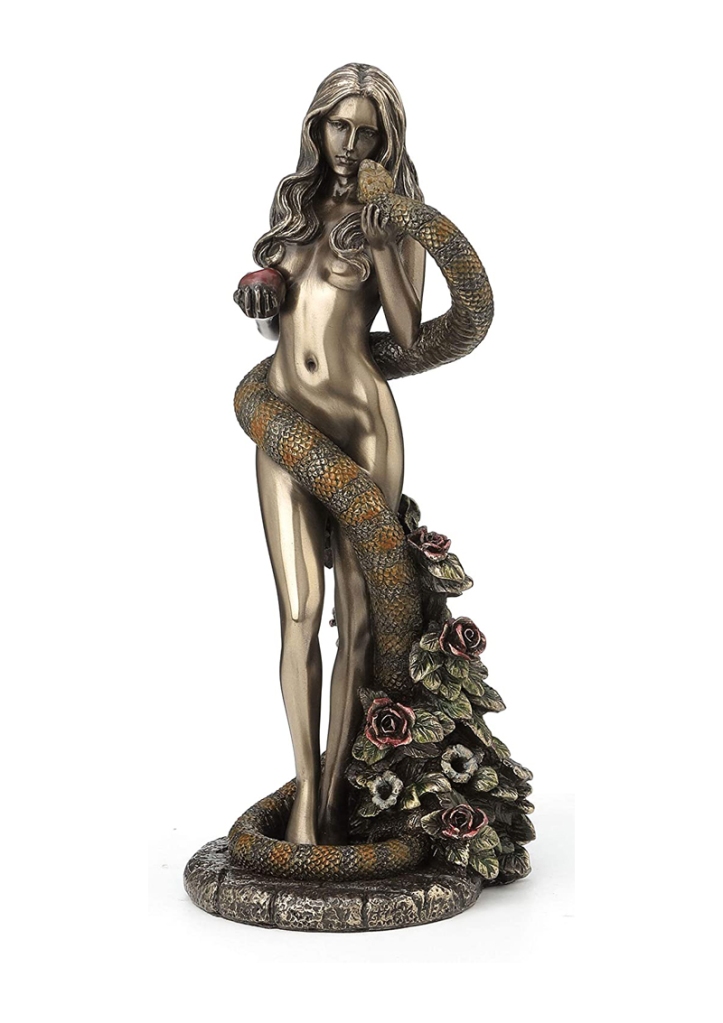
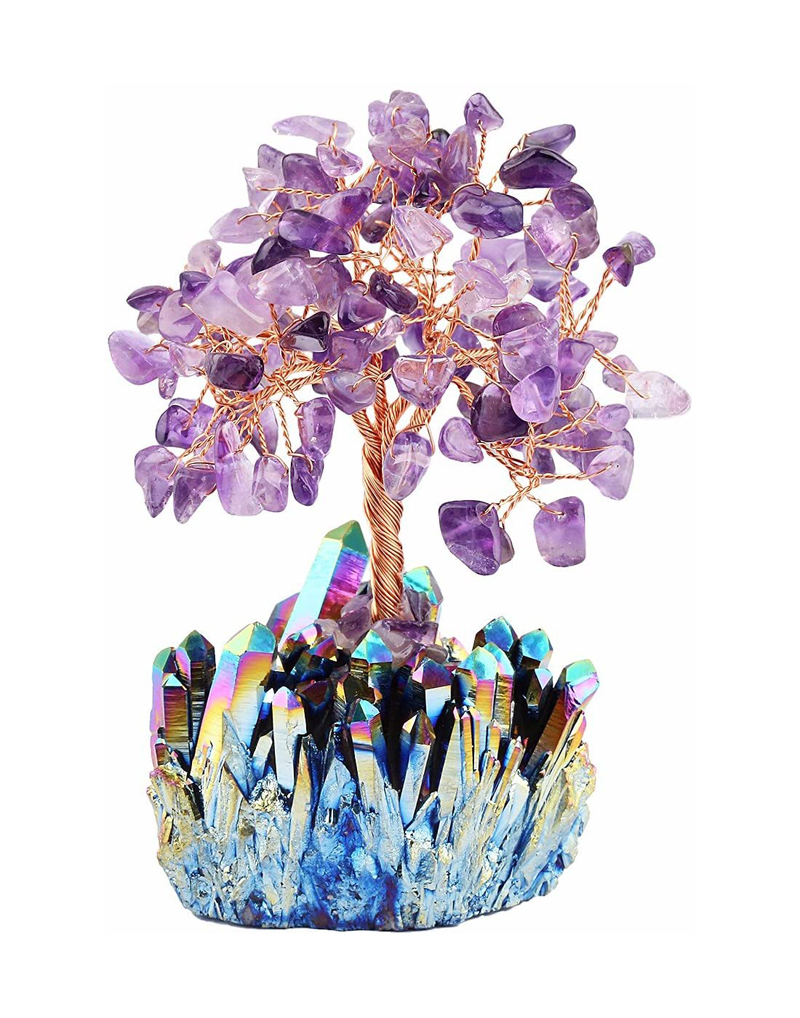
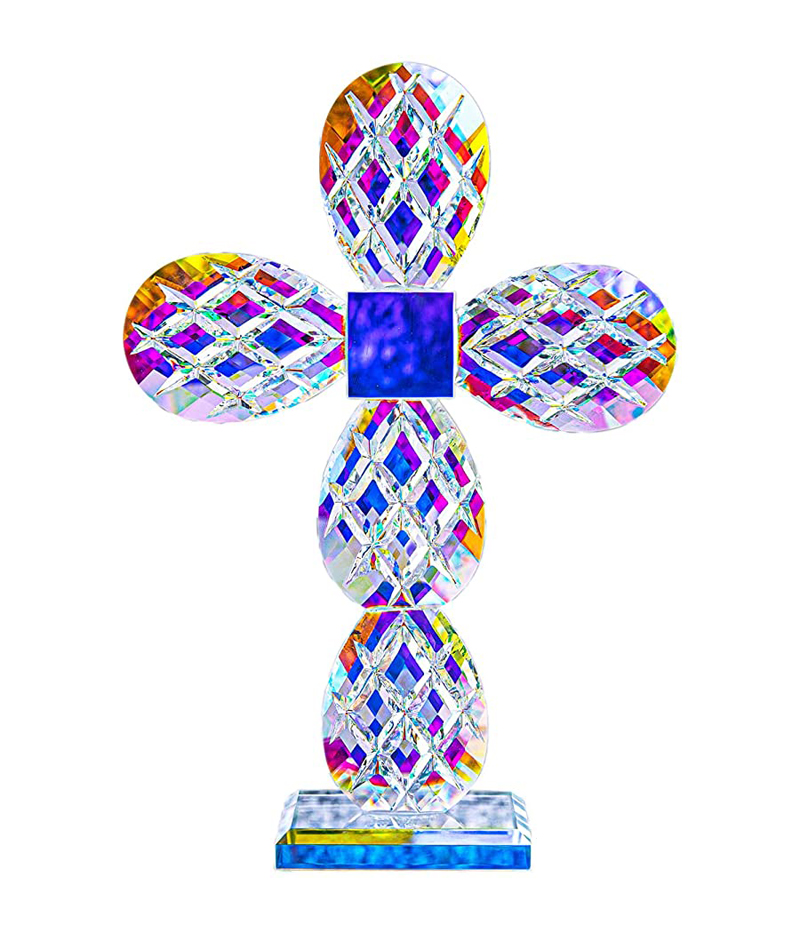
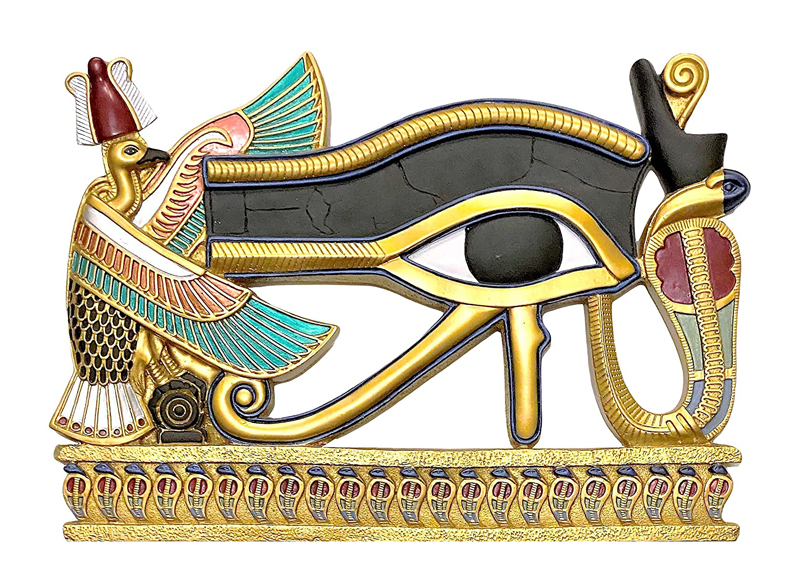

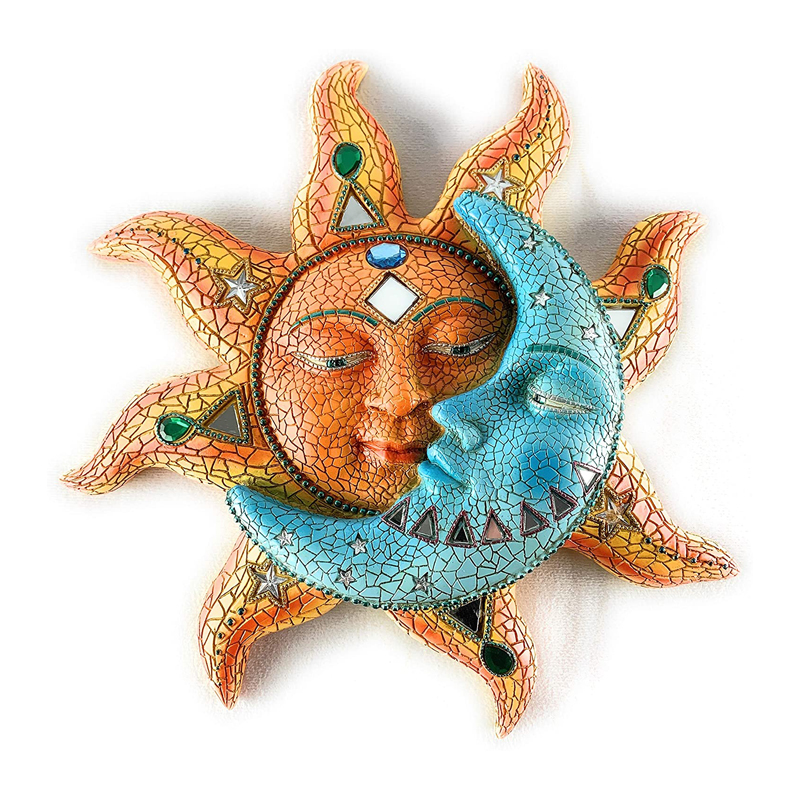
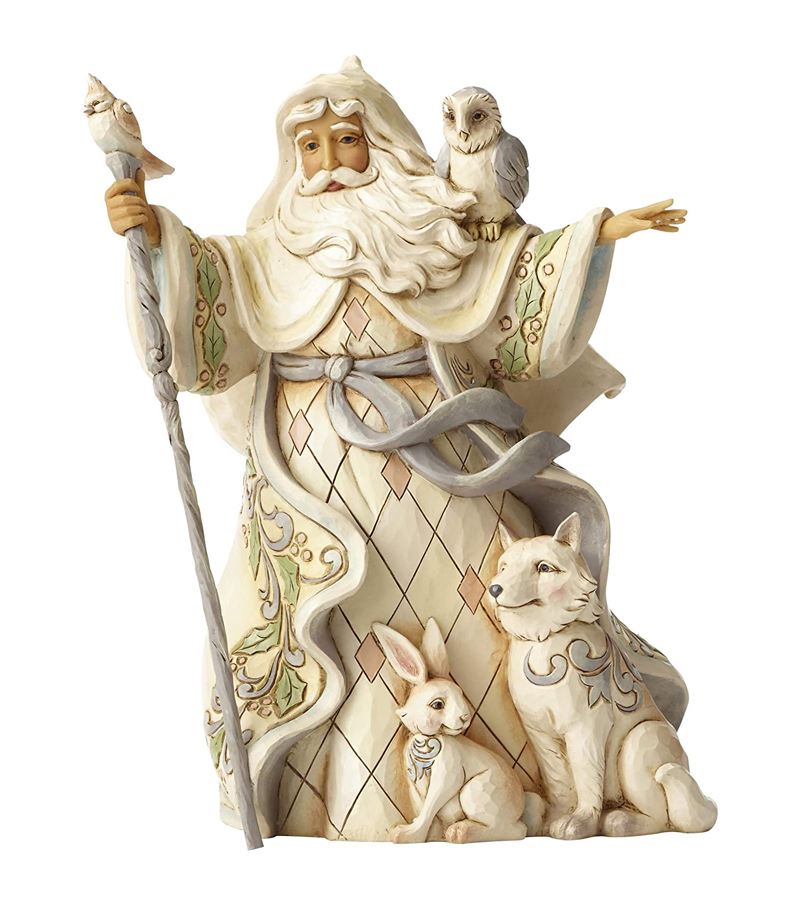
You must be logged in to post a comment.